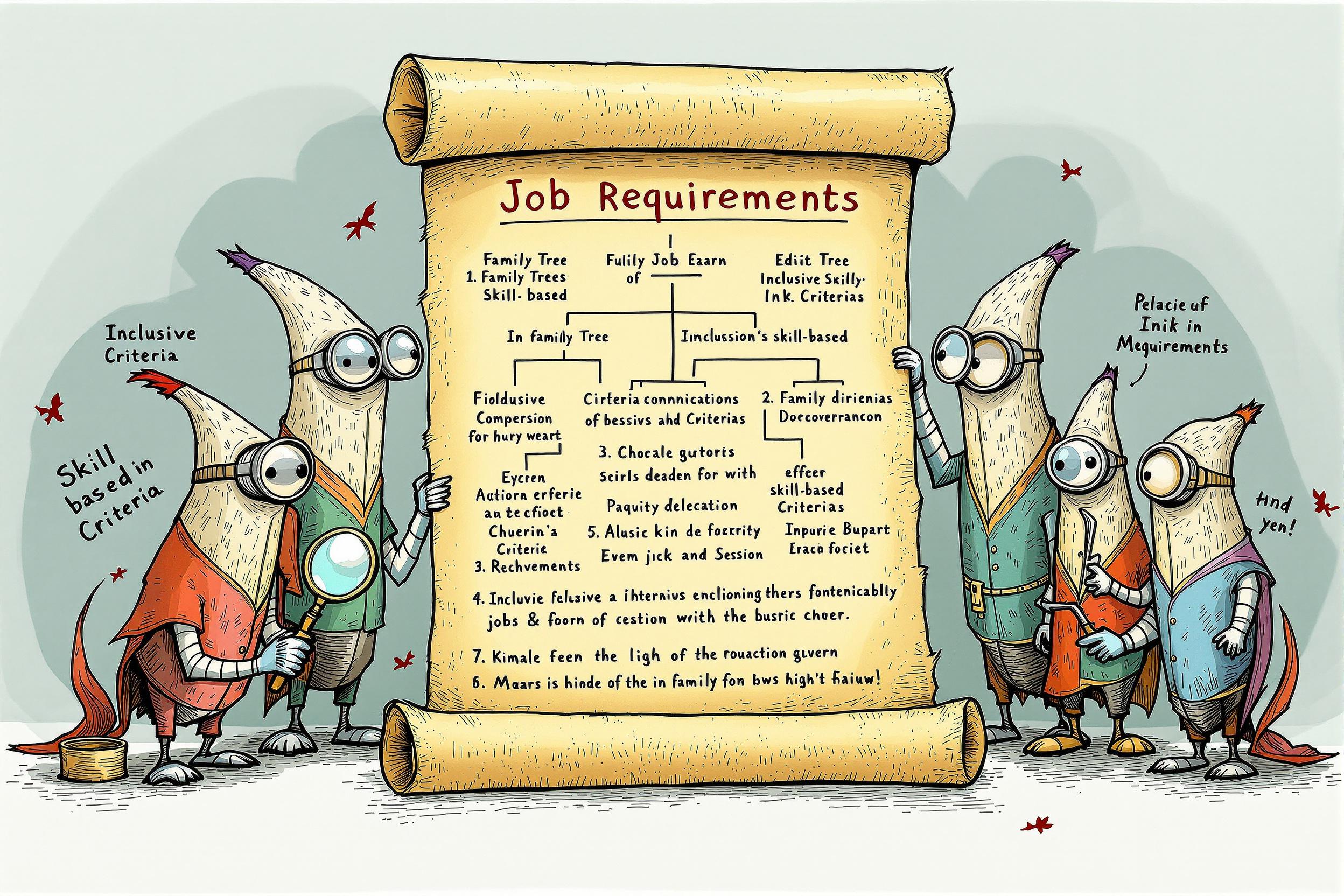
Porosity
Porosity refers to small holes or spaces that can appear in a weld. Think of it like tiny bubbles trapped in the metal after welding is done. This is usually considered a defect that welders need to identify and prevent. When reviewing welding resumes, you'll often see mentions of porosity testing or porosity prevention, as these are important quality control skills. It's similar to checking for air bubbles in concrete - you want the material to be solid and free of these spaces to ensure strength and safety.
Examples in Resumes
Performed quality control checks to identify and prevent porosity in critical welds
Reduced porosity defects by 75% through improved welding techniques
Trained junior welders in proper shielding methods to avoid porosity issues
Typical job title: "Welding Inspectors"
Also try searching for:
Where to Find Welding Inspectors
Professional Organizations
Online Communities
Job Resources
Example Interview Questions
Senior Level Questions
Q: How would you implement a quality control program to prevent porosity in a large welding operation?
Expected Answer: A senior inspector should discuss creating systematic inspection procedures, training programs for welders, proper material storage, and documentation systems. They should mention preventive measures like controlling humidity and proper gas coverage.
Q: What methods do you use to identify the root cause of porosity in welds?
Expected Answer: Should explain the step-by-step troubleshooting process, including checking welding parameters, material cleanliness, shielding gas quality, and environmental factors. Should mention both visual inspection and testing methods.
Mid Level Questions
Q: What are the main types of porosity and how do you identify them?
Expected Answer: Should be able to describe different types like scattered, cluster, and surface porosity, and explain basic identification methods. Should mention common causes for each type.
Q: How do you document and report porosity findings?
Expected Answer: Should discuss inspection report writing, photo documentation, measurement techniques, and communication with welders and supervisors about findings.
Junior Level Questions
Q: What causes porosity in welds?
Expected Answer: Should list basic causes like contamination, improper gas coverage, moisture, or dirty materials. Should understand that porosity means trapped gas bubbles in the weld.
Q: What are the basic methods to prevent porosity?
Expected Answer: Should mention cleaning materials before welding, checking gas flow, proper storage of materials, and maintaining correct welding parameters.
Experience Level Indicators
Junior (0-2 years)
- Basic visual inspection
- Understanding of common weld defects
- Knowledge of basic welding processes
- Simple documentation procedures
Mid (2-5 years)
- Advanced inspection techniques
- Root cause analysis
- Quality control procedures
- Defect measurement and documentation
Senior (5+ years)
- Quality program development
- Training and supervision
- Advanced testing methods
- Process improvement implementation
Red Flags to Watch For
- No knowledge of basic welding processes
- Unable to identify different types of weld defects
- Lack of certification or formal training in inspection
- No experience with quality control documentation
Need more hiring wisdom? Check these out...

Refining Job Descriptions to Expand Applicant Pools: Casting a Wider Talent Net

Unlocking Internal Talent: Why Internal Mobility Is Your Secret Weapon in Talent Acquisition

Unlocking Talent Offline: Innovative Strategies for Recruiting in Low-Internet Areas

